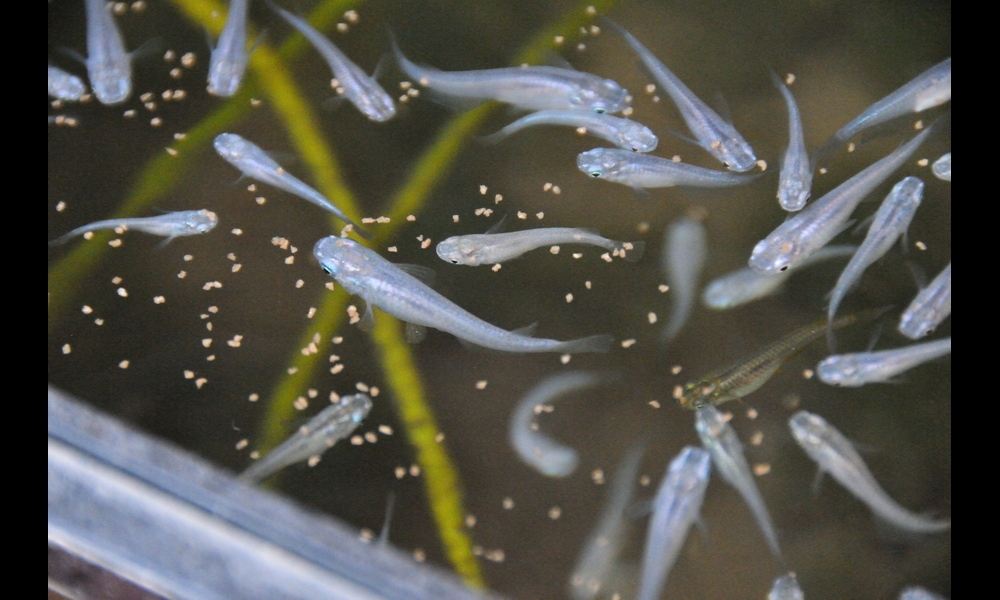Indonesian Medaka Fish Exhibit Rapid Coloration Changes to Signal Dominance and Deter Aggression
Published on Sat Dec 23 2023 DSC_2306 | yoppy on Flickr
DSC_2306 | yoppy on FlickrIn the competitive world of the Indonesian medaka fish, Oryzias celebensis, new research reveals a fascinating social dynamic based on rapid changes in body colouration. Ryutaro Ueda, Satoshi Ansai, and Hideaki Takeuchi from Tohoku and Kyoto Universities in Japan have found that males with distinctive blackened markings on their fins and sides display higher levels of aggression during confrontations with other males and are less likely to be attacked themselves. This intriguing study offers a glimpse into how these fish use visual signals to assert dominance and reduce the need for physical altercations.
The researchers observed groups of these fish under various conditions in a controlled lab setting. They found that males with the black markings were more likely to attack others and less likely to be on the receiving end of aggression, indicating that these visual cues play a role in establishing social hierarchy. Remarkably, these black markings can appear and fade within seconds, serving as a rapid social signal akin to the color shifts observed in chameleons and octopuses. Unlike in other species where color changes might result from slower hormonal processes, the swift alteration in O. celebensis suggests a direct neural control mechanism is at play.
What does this mean for the average fish enthusiast, or anyone interested in the complexities of animal communication? The study provides insights into how some creatures might use physical appearance changes as a form of non-verbal communication to navigate social hierarchies and reduce unnecessary confrontation. For researchers and geneticists, it opens the door to further exploration into the neurobiological underpinnings of such behaviors, particularly the molecular and genetic methods that prompt these rapid colouration changes. This could have wider implications for understanding communication and social interaction across various species, including ones more closely related to humans.
In a broader context, the findings also highlight the incredible adaptability and sophistication of animal behavior, even in such a compact ecosystem. The next steps could involve gene editing techniques to pinpoint the specific neural pathways responsible for this rapid colouration change, offering unprecedented opportunities to observe evolutionary genetic mechanisms in action. As the researchers continue to investigate, the intricate dance of aggression and display among the Oryzias celebensis remains a remarkable spectacle of nature's complexity.



